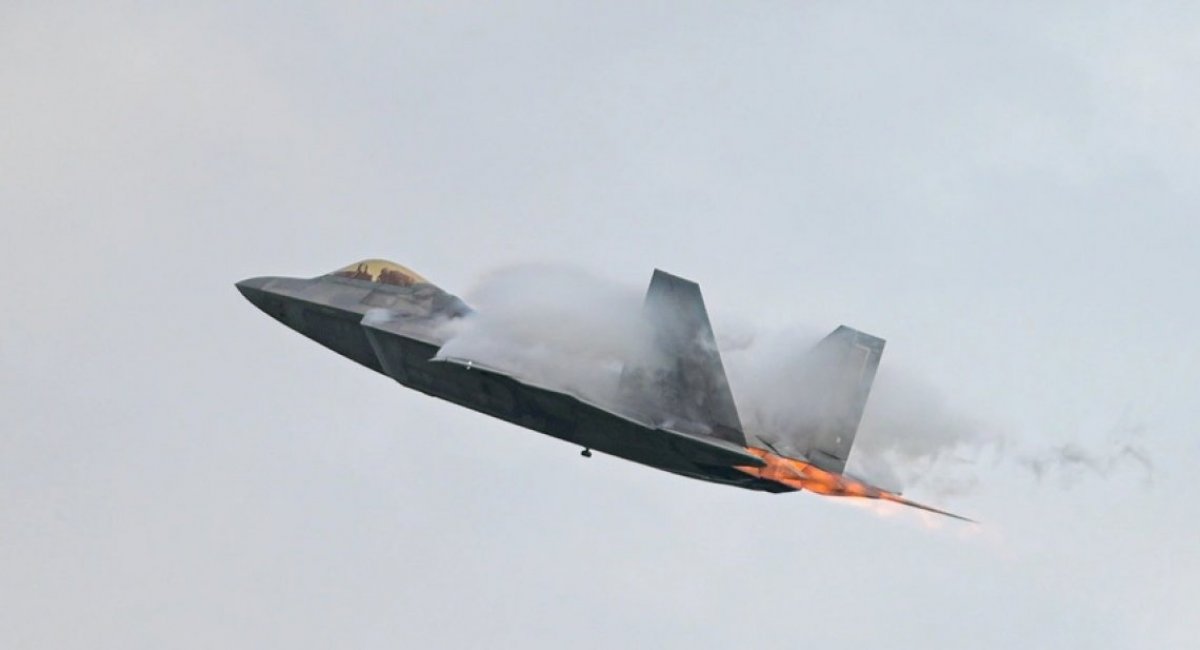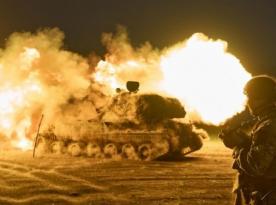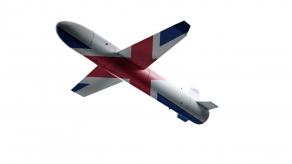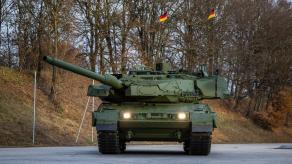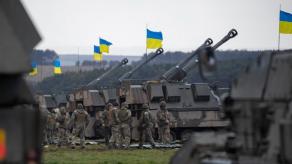The question of restarting production of the F-22 Raptor, America's premier fifth-generation air superiority fighter, has resurfaced in 2025. According to sources cited by Defense Blog, there is renewed interest within the U.S. defense industry to revive the aircraft's manufacturing lines and modernize it to current standards. Proponents argue this would be a faster, cheaper, and more practical alternative to developing the new F-55 based on the F-35 platform.
Defense Express notes this shift is especially significant because just a few years ago, the idea of reviving the F-22 was considered politically and industrially dead.
Read more: russia Seizes the Opportunity to Promote Su-57 After India Rejects U.S. F-35 Fighter Jets
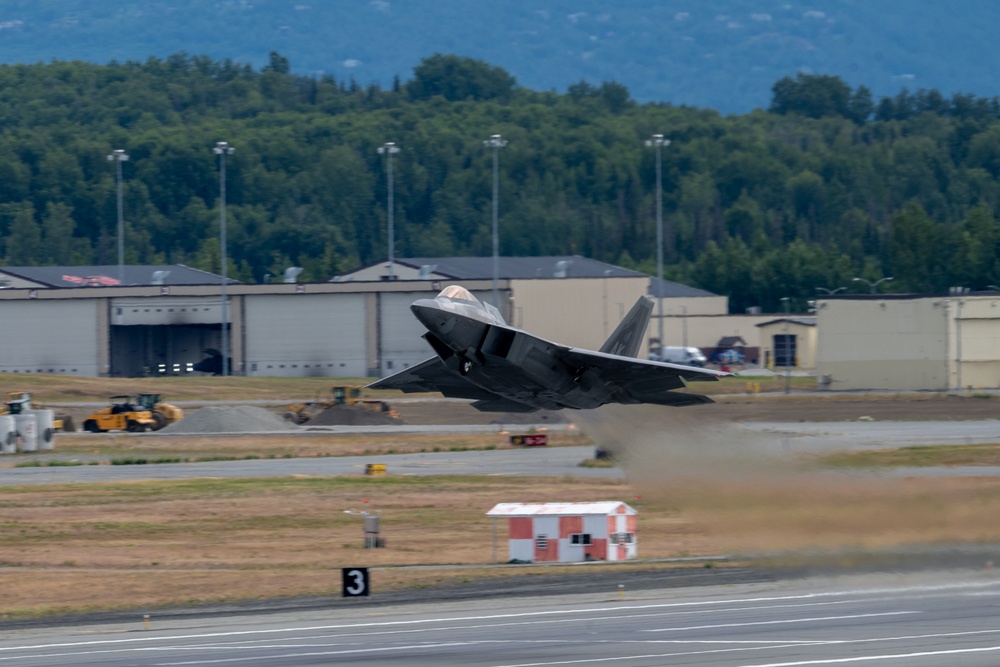
The last F-22 left the assembly line in 2011 and entered service in 2012. Its production was halted due to high costs, export restrictions, and limited utility beyond air superiority missions. At the time, U.S. military planners chose to invest in the more versatile F-35, a multi-role fighter tailored to fulfill a broad range of missions and fielded in three distinct variants for the Air Force, Navy, and Marine Corps.
However, in the domain of air-to-air combat, the F-35 still falls short of the Raptor's unmatched performance. This was illustrated during the 2023 incident in which an F-22 was the only U.S. aircraft capable of intercepting a high-altitude Chinese spy balloon, flying higher than other platforms could reach.
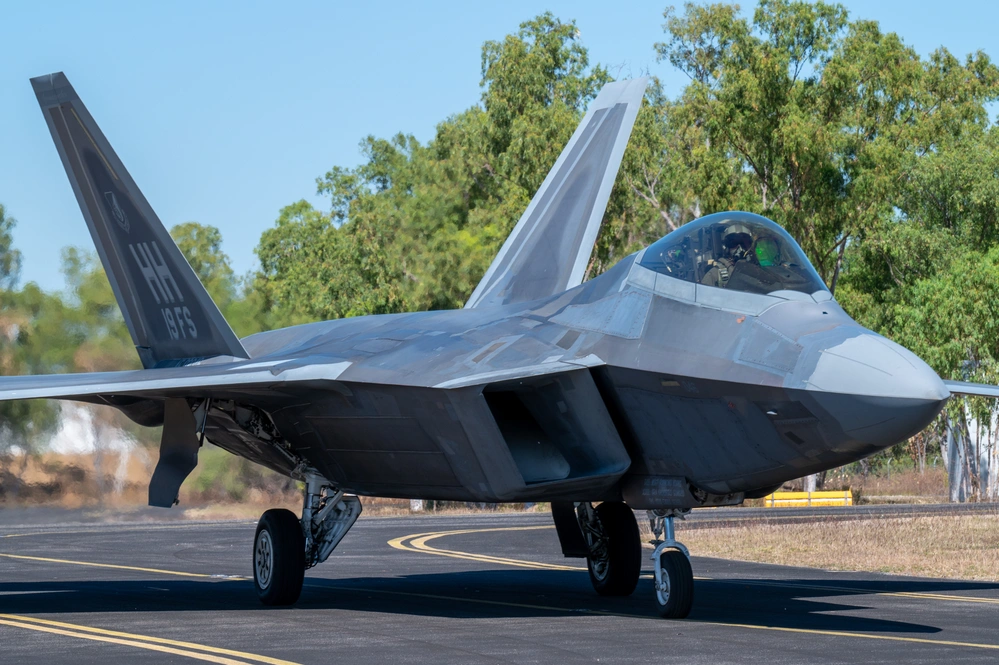
In fact, this problem had been known for some time, but the US believed that it could wait out the situation until the sixth-generation F-47 fighter jet appeared under the NGAD program, since it was this aircraft that was supposed to ensure air superiority. But soaring development costs and delays have prompted the Pentagon to explore temporary solutions. One such option was the F-55, a proposed twin-engine variant of the F-35 that would deliver roughly 80% of the F-47's projected capabilities at a lower cost.
Critics now argue that building the F-55 would effectively mean developing a brand-new aircraft, despite how Lockheed Martin presents the project to maintain its contracts. From this angle, resurrecting the F-22 may start to look like the lesser evil.
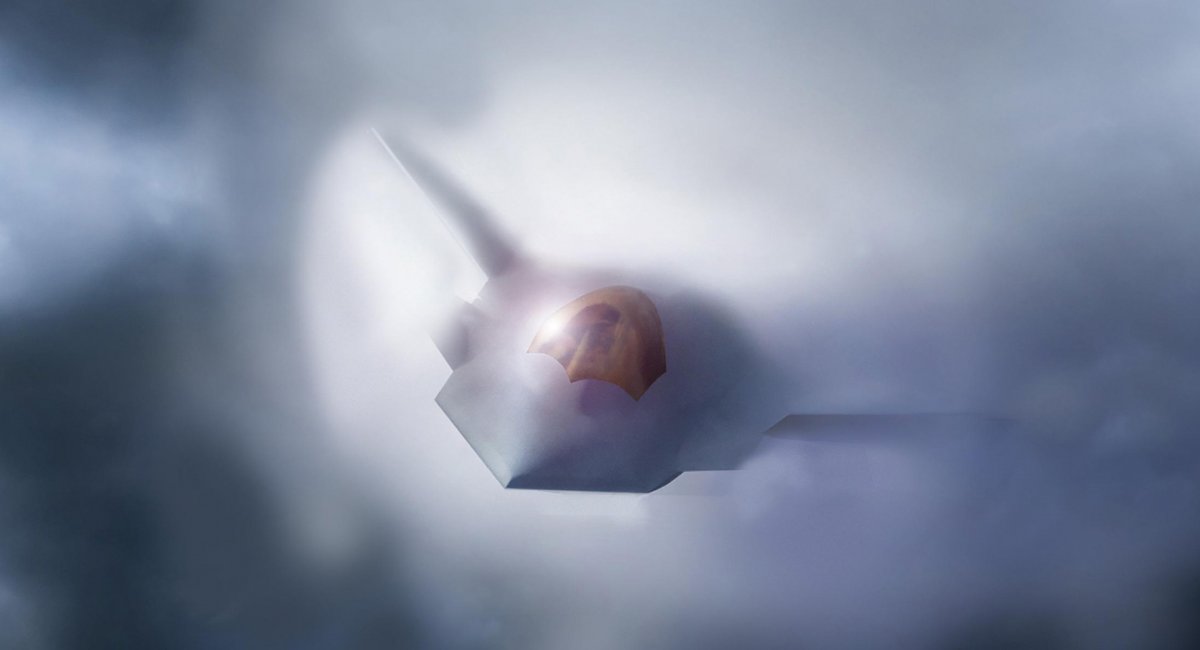
Still, reviving the F-22 is no simple task. Only a small fleet was produced, and in recent years the Air Force even considered retiring 32 Raptors to free up funding and spare parts for the remaining aircraft. Restarting production and upgrading them would require major investment and years of work.
A key issue is that the F-22's supply chain was dismantled more than a decade ago. Some component suppliers may even no longer exist, and lost tooling or obsolete technologies would need to be recreated from scratch. That's not a quick or cheap process.
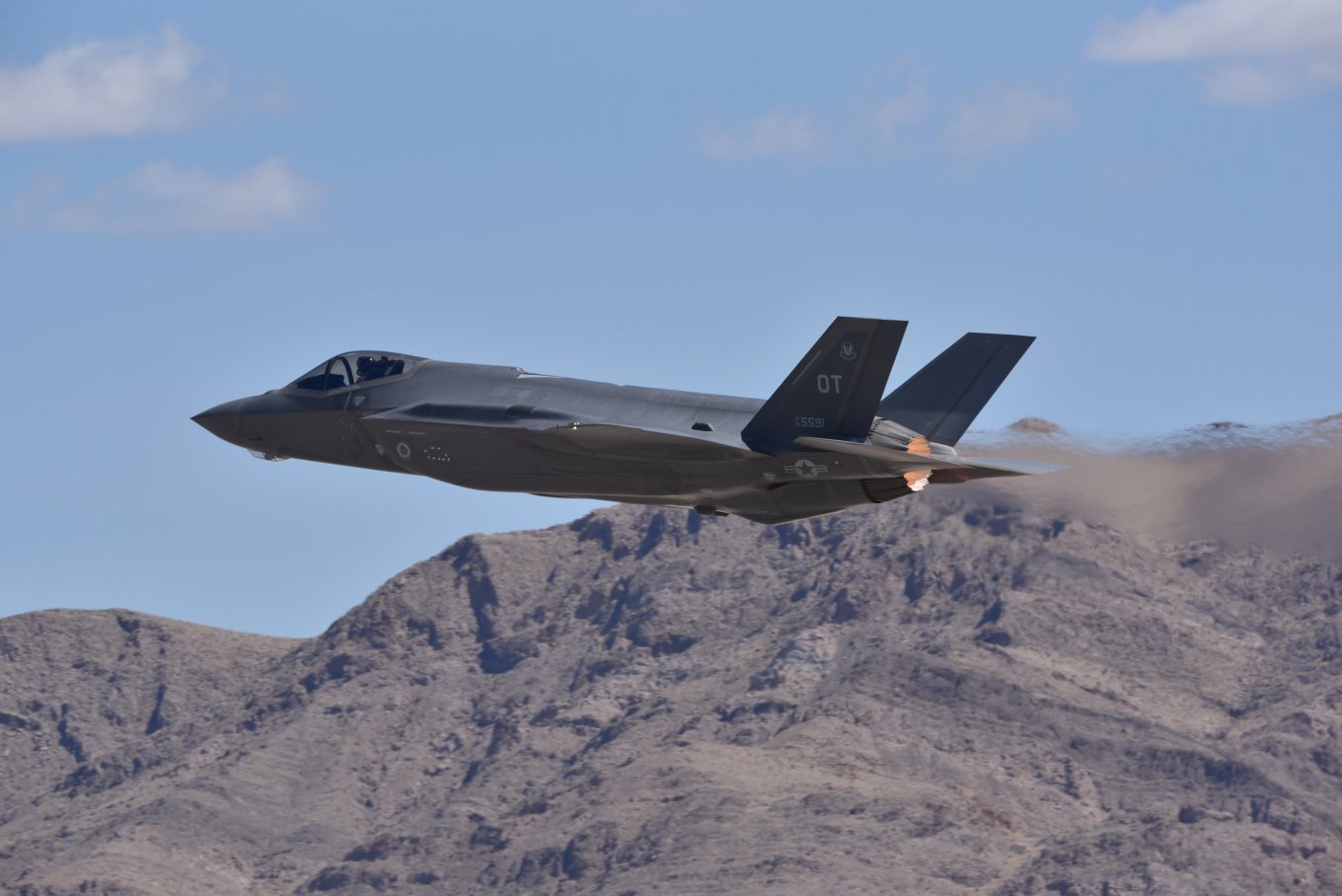
Finally, it's worth noting that the current push to bring back the F-22 is coming from within the U.S. defense industry, raising the possibility that commercial interests are also at play. Nevertheless, many of the criticisms of the F-55 project are valid and echo concerns already raised by independent analysts.
Ultimately, the F-35 may never fully replace the F-22 in terms of air superiority. But thanks to its flexibility, affordability, and export success, it remains a strong unified platform for NATO partners. Whether the U.S. will pivot back to the Raptor or double down on its next-gen fighters will depend on political will — and the evolving global threat landscape.
Read more: Kamchatka Earthquake Hits Near russia's Strategic Nuclear Submarine Base in Vilyuchinsk




